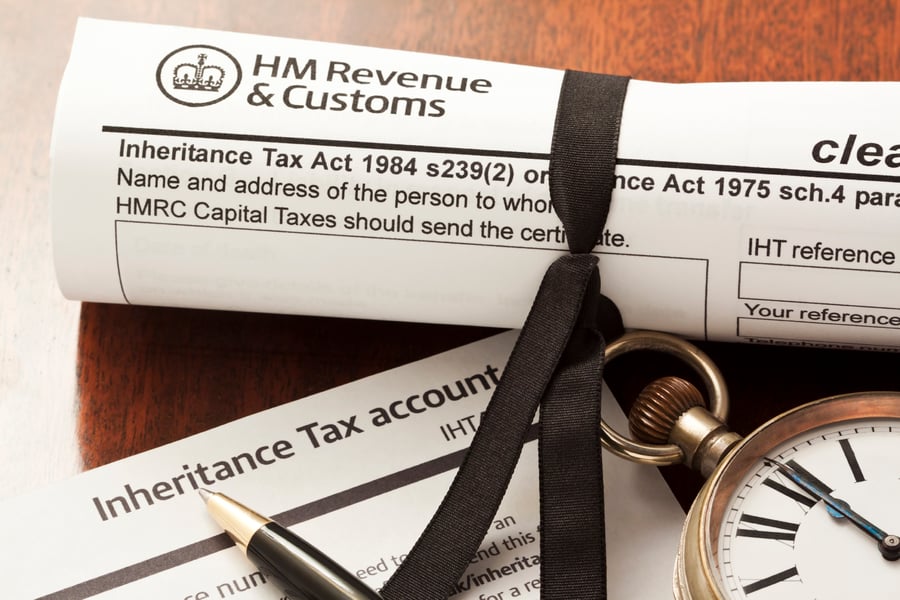Recent figures have revealed theIHT paid by UK families has topped £5bn a year for the first time in history.

Families should still seek professional advice when it comes to inheritance tax (IHT) despite the introduction of the new residential nil-rate band, according toCaroline Fraser a partner with Tayside legal firm Miller Hendry.
The new IHT Residence Nil Rate Band (RNRB) was introduced in April 2017. It will mean by 2020/2021 families could escape IHT on up to £1m of their wealth as each parent will have a nil-rate band of £325,000 plus a RNRB of up to £175,000.
Fraser said:“As a result of the new residential nil-rate band, we should see less estates paying IHT.
"However, as with any changes in taxation legislation, there are various requirements which must be met for an individual’s estate to qualify for the allowance.
"Our clients are able to see the potential benefits of this new allowance but, as with all estate planning matters, it is always best to seek professional advice.”
Her comments follow the release of figures that revealed theIHT paid by UK families had topped £5bn a year for the first time in history.
According to the most up-to-date figures provided by HM Revenue & Customs (HMRC), the amount of money paid in (IHT) by families has risen by almost 70% over the last five years (2012-2017).
The figures show that in 2011/12, HMRC collected £2.9bn and this increased to £4.8bn for the 2016/2017 tax year.
The statistics also show a sharp peak in IHT receipts at the beginning of this tax year, with an increase compared to the same period last year of 34%.
Fraser attributed the rise to an increase in property prices and the static nil rate band.
She said: “What we have seen over the last five years is more and more estates being pulled into paying IHT due to increasing house prices, a recovery in the financial markets and the IHT nil-rate band remaining static at £325,000.”
Separate projections produced by the Office for Budget Responsibility (OBR) also show that the number of estates on which IHT has been paid has more than quadrupled since 2010, from around 10,000 to well over 40,000.



